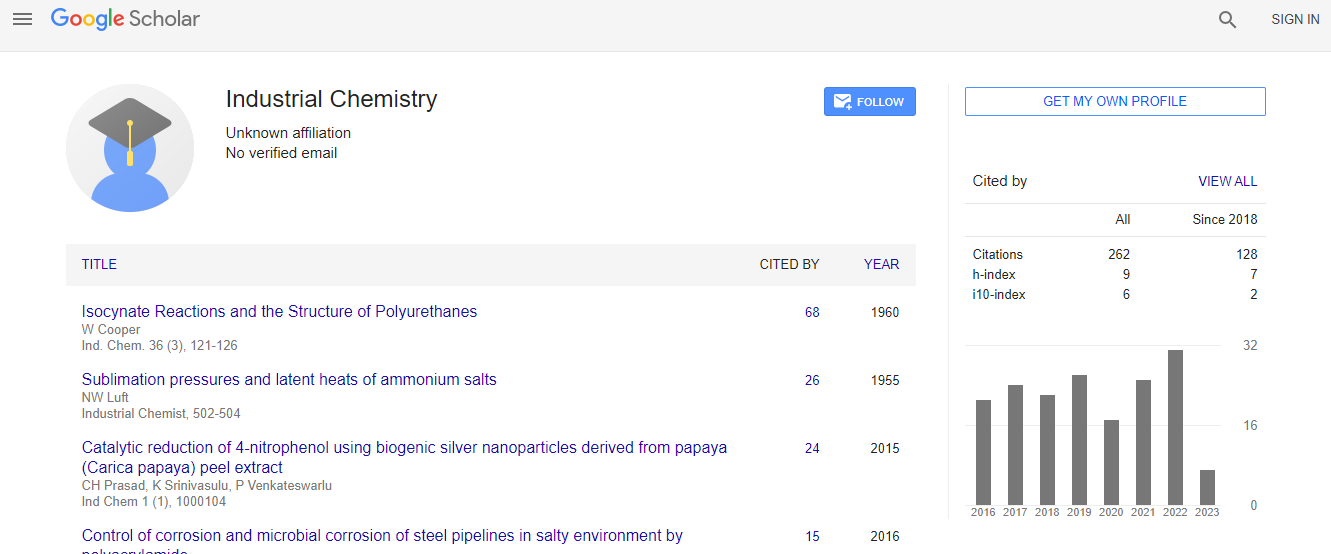Evaluation of monomeric sugar yield from various grasses grown in Thailand as biofuel feedstock by two-stage pretreatment process
*Corresponding Author:
Copyright: © 2020 . This is an open-access article distributed under the terms of the Creative Commons Attribution License, which permits unrestricted use, distribution, and reproduction in any medium, provided the original author and source are credited.
Abstract
Napier grass (Pennisetum purpureum), Tiger grass (Thysanolaena maxima), Mission grass (Pennisetum polystachyon), Kans grass (Saccharum spontaneum) and Giant reed (Arundo donax) were privately gathered to test as bioethanol feedstock. All grasses, demonstrating high cellulose and hemicellulose pieces, were treated by a two-stage microwave/compound pretreatment technique. The ideal states of the pretreatment were researched and the most extreme monomeric sugar yields were analyzed. The microwave-helped NaOH and H2 SO4 with 15:1 fluid to strong proportion were concentrated by fluctuating impetus fixation, temperature, and time to augment the measure of the acquired monomeric sugar. The greatest monomeric sugars delivered from microwave-helped NaOH pretreatment were 5.57 g (at 600 C/10 min, 0.5%(w/v) NaOH for Napier grass), 6.45 g (at 1400 C/15 min, 1%(w/v) NaOH for Tiger grass), 6.56 g (at 1200 C/10 min, 3% (w/v) NaOH for Mission grass), 6.78 g (at 800 C/5 min, 5% (w/v) NaOH for Kans grass), and 6.84 g (at 1200 C/5 min, 5% (w/v) NaOH for Giant reed) per 100 g biomass, while most extreme monomeric sugars from microwaveassisted H2 SO4 pretreatment were 42.03 g (at 1600 C/15 min, 1% (w/v) H2 SO4 for Napier grass), 30.37 g (at 2000 C/5 min, 0.5% (w/v) H2 SO4 for Tiger grass), 34.34 g (at 2000 C/5 min, 1%(w/v) H2 SO4 for Mission grass), 33.76 g (at 2000 C/10 min, 0.5% (w/v) H2 SO4 for Kans grass), and 31.91 g (at 1800 C/30 min, 0.5% (w/v) H2 SO4 for Giant reed) per 100 g biomass.

 Spanish
Spanish  Chinese
Chinese  Russian
Russian  German
German  French
French  Japanese
Japanese  Portuguese
Portuguese  Hindi
Hindi 